What’s in Season: November
A simple guide to what’s in season this November and all the must-buy produce that tastes best in mid-autumn!
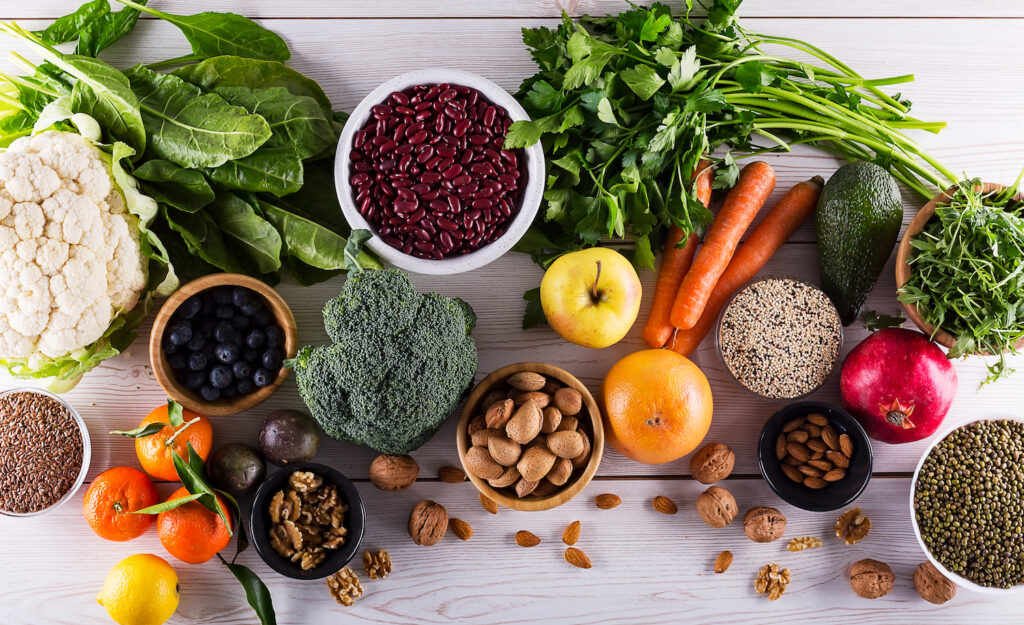
With the holidays right around the corner, we’re all prepping menus and coming up with tasty recipes to impress our relatives.
Let’s make it a bit less stressful by finding out exactly what’s in season and tastiest before the holiday parties start. Remember, summer may be over, but cold weather means there’s a whole slew of new veggies and fruits to enjoy! November is a treasure trove of flavor and variety.
There’s definitely a bit of crossover with seasonal October produce, but that’s a good thing! It means more time to enjoy things like this Butternut Squash Soup or these Spiced Sherry Poached Apples even longer!
The Best November Vegetables
If the popularity of Thanksgiving sides aren’t enough of a clue, there are endless options for good vegetables in November.
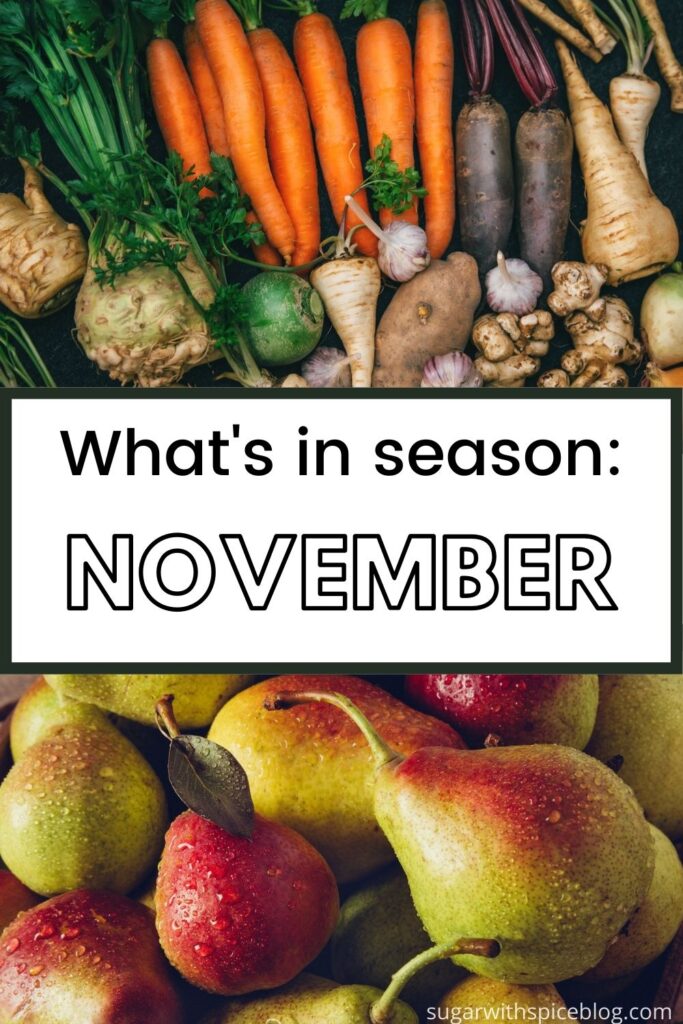
- Squash: Pumpkin, Winter Squashes (butternut, acorn, delicata)
- Root Veggies: Potatoes, Carrots, Turnips, Radishes, Jerusalem Artichokes
- Cruciferous Veggies: Brussels Sprouts, Broccoli, Cauliflower, Cabbage
- Leafy Veggies: Spinach, Kale, Chard, Collards, Celery, Fennel, Parsley
- Fungi: Mushrooms
There are three main families of vegetables that do well in winter: squashes, apiaceae (carrot family), and cruciferous. Most winter veggies fall into one of these three families. With a few exceptions like potatoes and mushrooms.
But I’ve divided these veggies up into styles of eating rather than taxonomy. Eating is more fun!
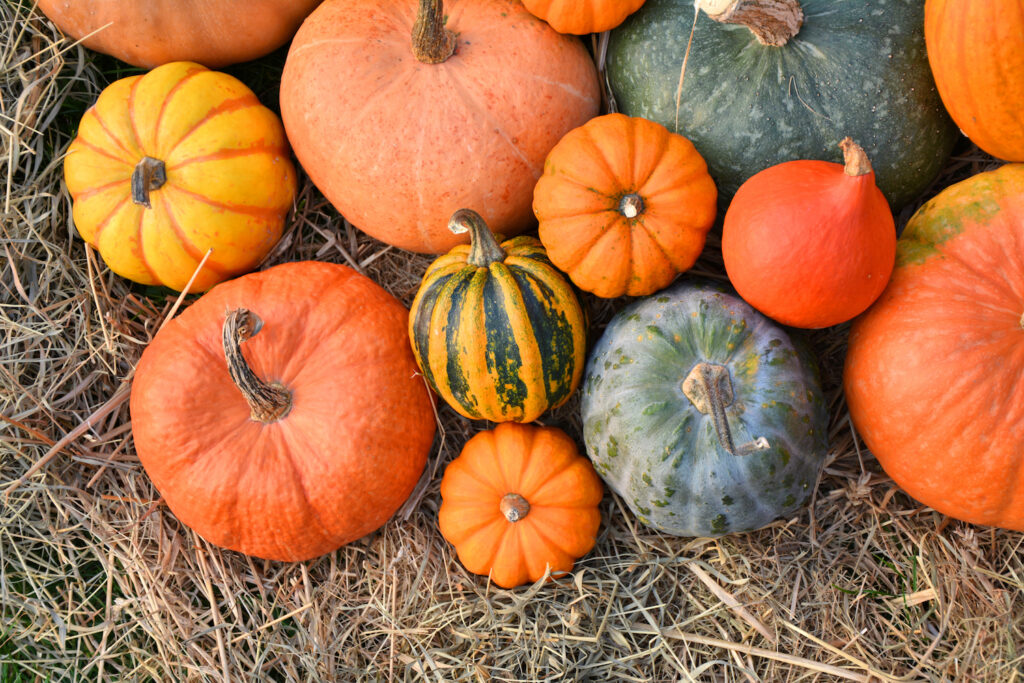
Winter Squashes
We have pumpkin pie for Thanksgiving dinner and squash soup for appetizers. So it’s pretty obvious squash is in season!
Winter squash differ from their summer cousins in that we eat them in the mature stage. This means their skins are hard and their seeds are fully ripe. It makes cutting them more difficult. But we also get to enjoy tasty fall snacks like roasted winter squash seeds!
Root Veggies
Root veggies store up all sorts of nutrients underground during winter. Which makes for exceptionally hearty and flavorful soups, stews, stuffing, and roasting!
Roots are full of complex carbohydrates and fiber. So not only are they extra filling, they’re actually good for your intestines.
Did you know carrots actually have two seasons? You get the fall crop now. But you’ll also get a late spring crop next year. Which is why carrots are synonymous with the Easter Bunny!
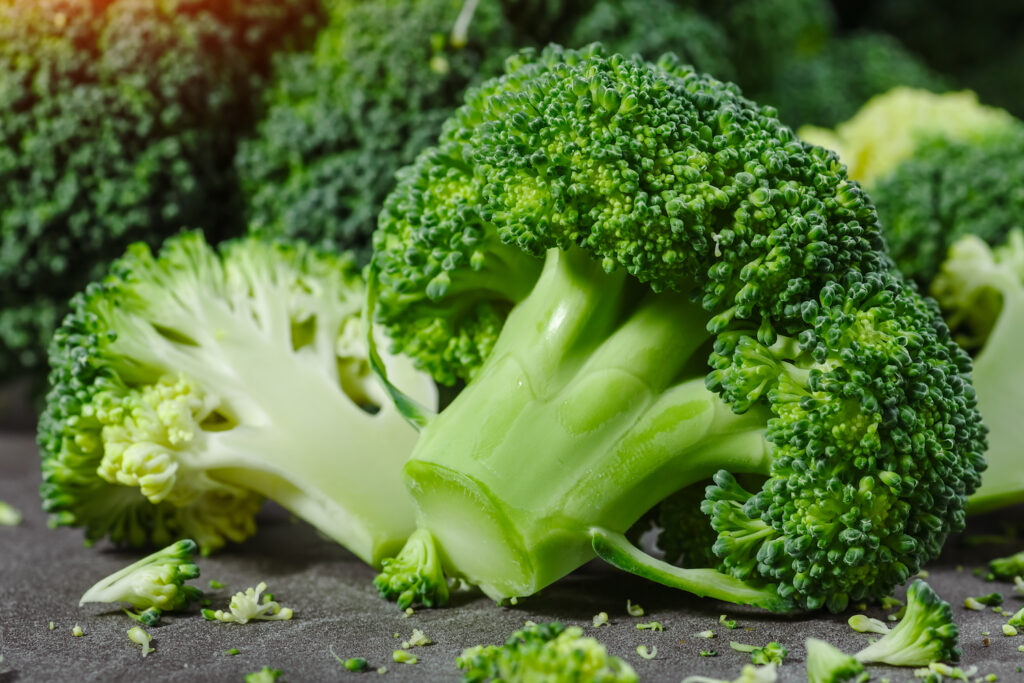
Cruciferous Veggies
Some of the most nutritious vegetables around, cruciferous options like brussels sprouts, cauliflower, and cabbage are packed full of vitamins. And they are even linked to preventing cancer!
Most cruciferous vegetables have a notably bitter flavor and strong smell which comes from compounds in their cells. While the fresh veggies don’t smell very strong, you can try adding some acid to the cooked variety to tone down the intensity.
Note: The cruciferous family also includes other vegetables in the article like: chard, collards, kale, spinach, turnips, radishes, and jerusalem artichokes/sunchokes.
Leafy Veggies
We tend to think of salads in the summertime. But many of the stronger leafy vegetables are part of the cruciferous or carrot families and actually thrive in cold winter weather. So you can create an extra hearty winter salad this year for your “healthy” Thanksgiving side!
Parsley, fennel, and celery all belong to the carrot family of flowering plants, despite not growing underground!
The Best November Fruits
It’s easy to miss stone fruits and berries in the fall. But November has a whole range of tasty options for those missing fruit this season.
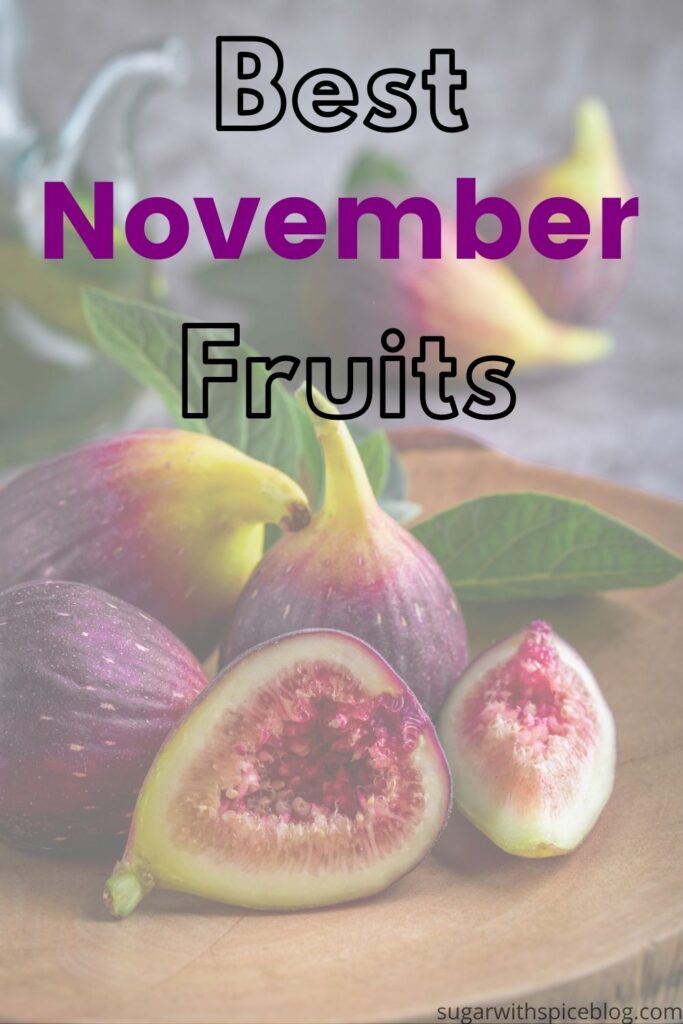
- Apple
- Cranberries
- Figs
- Oranges
- Pears
- Persimmons
- Pomegranate
- Quince
- Year Round: Banana
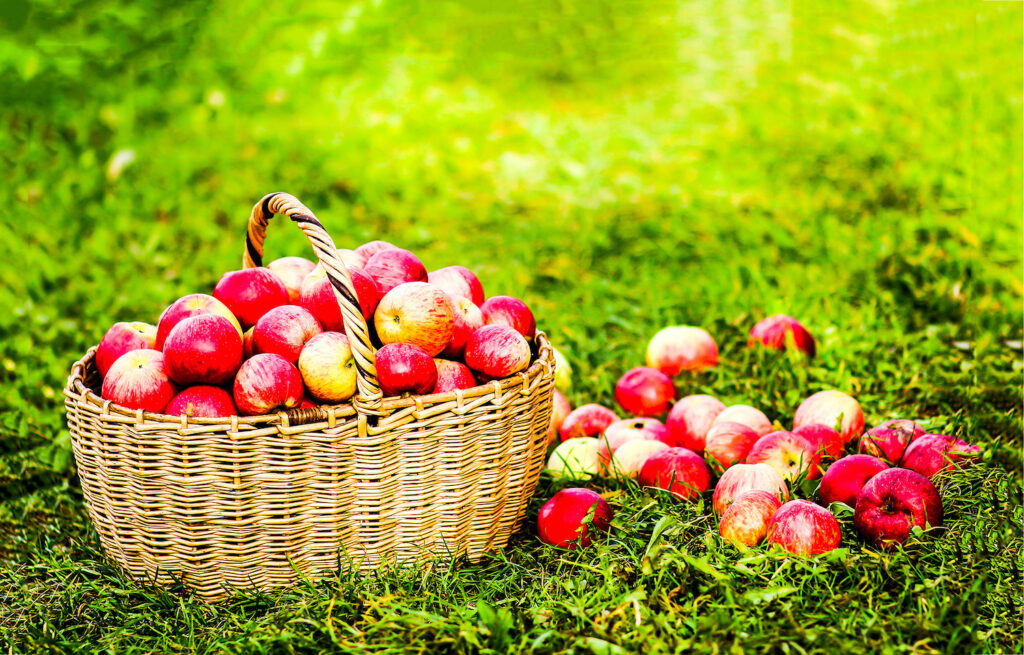
Apples, Pears, Quince
All part of the rosaceae family, these fruits grow well in the cooler months. Apple pie is a classic Thanksgiving dish and we all know the “partridge in a pear tree” that comes with the first day of Christmas!
Quince are a little more unique. They aren’t very good raw. Use them instead in jams, preserves, pies, or puddings as they have a rich flavor and strong perfume when cooked. You can also roast or stew them! (There’s a theory that quince was the original forbidden fruit in the Bible since they predate apples.)
Cranberries
A staple of most holiday dinners, cranberries are typically cooked into sauces, jellies, or pies with added sugar. Raw cranberries are quite tart! Though if you love sour flavors like I do, a raw cranberry can be a real treat!
But the delicious flavor and bright red color makes a lovely addition to any table.
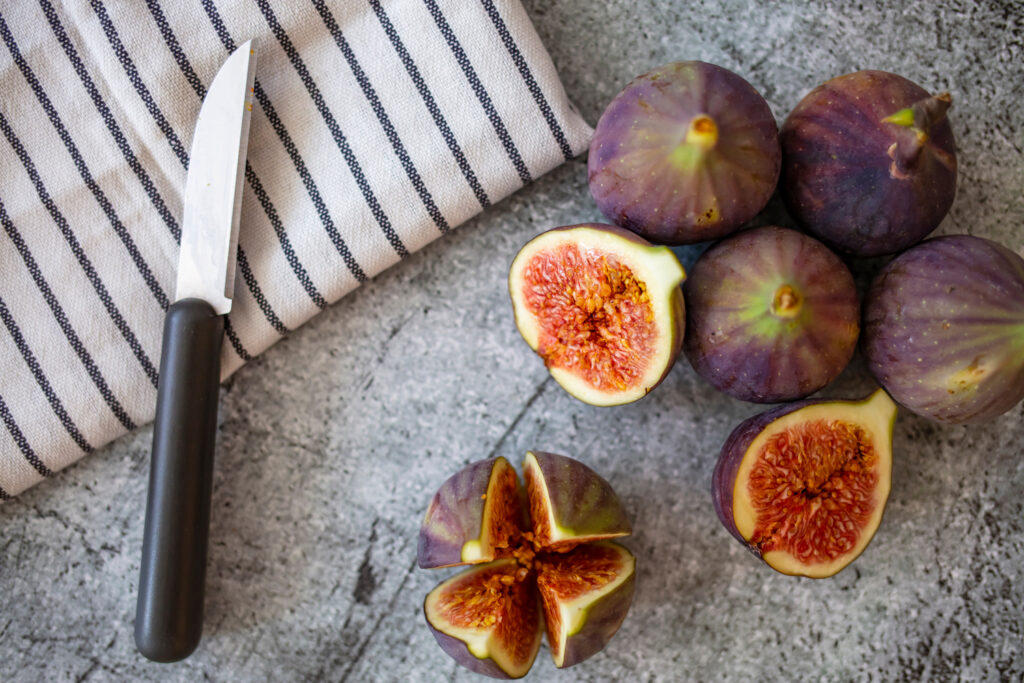
Figs
A delicious late summer and fall fruit, figs come in a variety of styles. Black mission figs and brown turkey figs are the most common. But you can also find Adriatic “white” figs, though they are green in color. The season ends in November, so this is your last chance.
Figs are excellent raw. But you can also through them into jams, preserves, rustic galettes and more. I love to use figs as stuffing for individual roast quail too!
Oranges
Another classic Thanksgiving and Christmas flavor. (Did anyone else get dark chocolate oranges as a kid?) Oranges make excellent additions in festive winter cocktails, cranberry sauces, and even turkey brines for Thanksgiving!
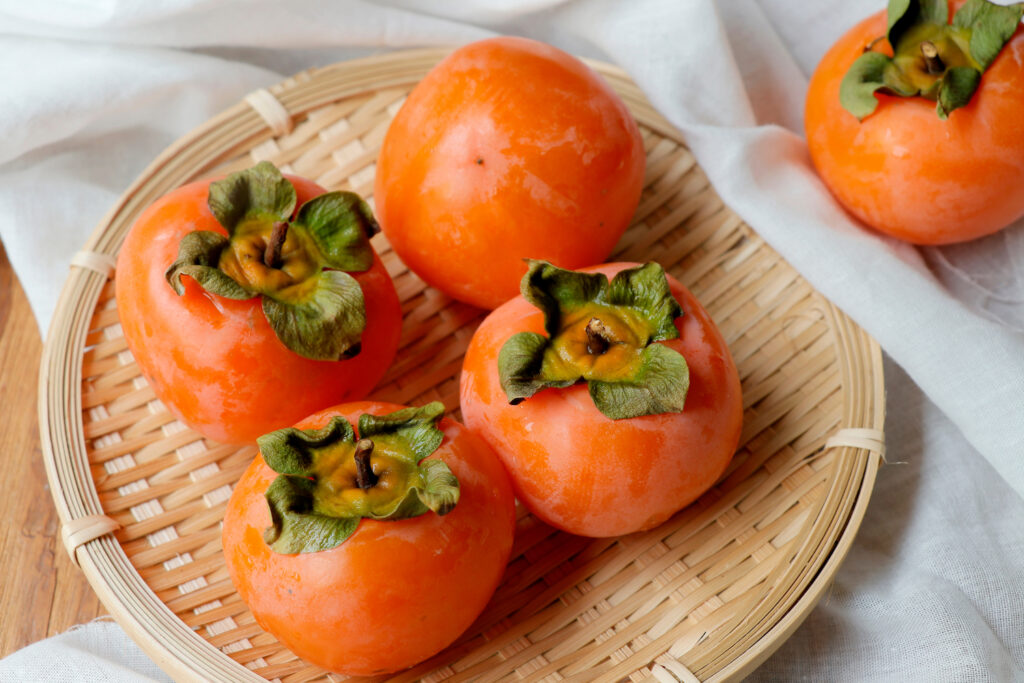
Persimmons
There are two main types of persimmons you’ll find in the grocery store: Hachiya and Fuyu. The Hachiya are long and heart-shaped. They are also the most astringent and tend to be used in puddings or pies. This is because once they are ripe, they become very very soft. So soft you really need to eat them with a spoon! To speed up this softening process, freeze some Hachiya in your freezer for a week or so before using.
The Fuyu variety are shaped rather like a tomato. And, they are non astringent so they can be eaten raw! Deliciously crisp and full of tender sweet honey-flavored meat. Though you can cook with them too like this delicious Persimmon and Candied Ginger Galette that I served last Thanksgiving!
Pomegranate
Like figs, pomegranate season also ends in November so you’ll want to buy them now. The good news is they do keep so you can have fresh Pomegranate through December and possibly even January!
These delicious little fruits take some work as you have to separate the fruity-covered seeds from the rind. Use a bowl of water. Submerge your pomegranate in the water and work the seeds out with your fingers. The seeds will sink to the bottom and the rind will float to the top! Easy way to separate and wash at the same time!
Pomegranate seeds tend to be eaten raw, usually added into breakfasts, salads, or as garnish on meat dishes and cocktails. But you can also create juice or sauces with them as well.
Bananas
Bananas are harvested around the world year-round and are always available. So if you’re still craving tropical fruit this winter, spring for a banana in your local grocery story!
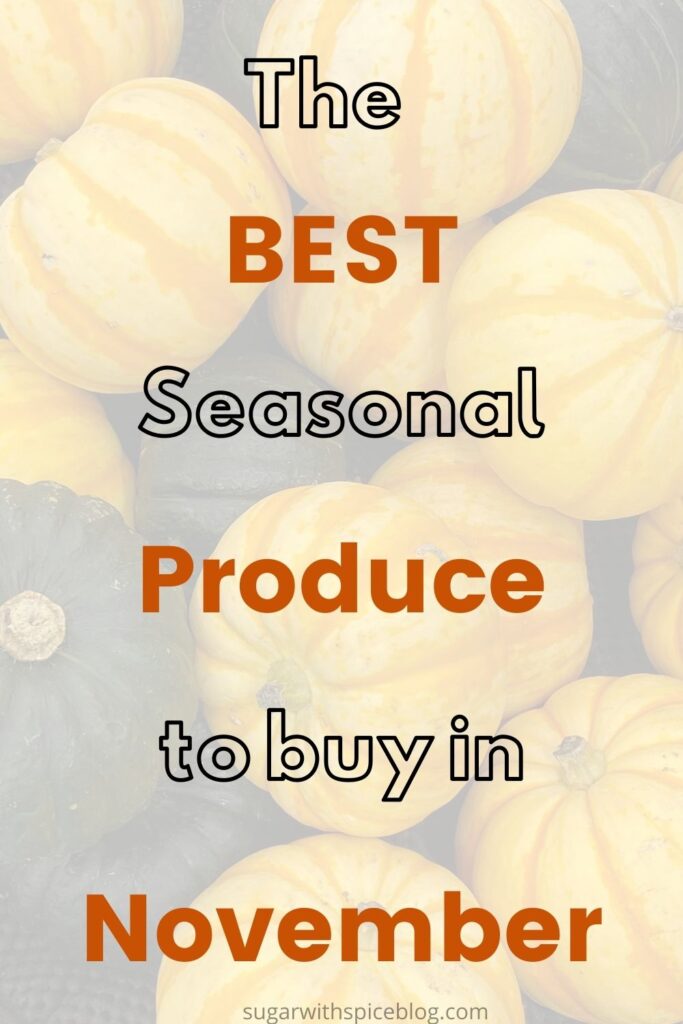
What Fish is in Season in November?
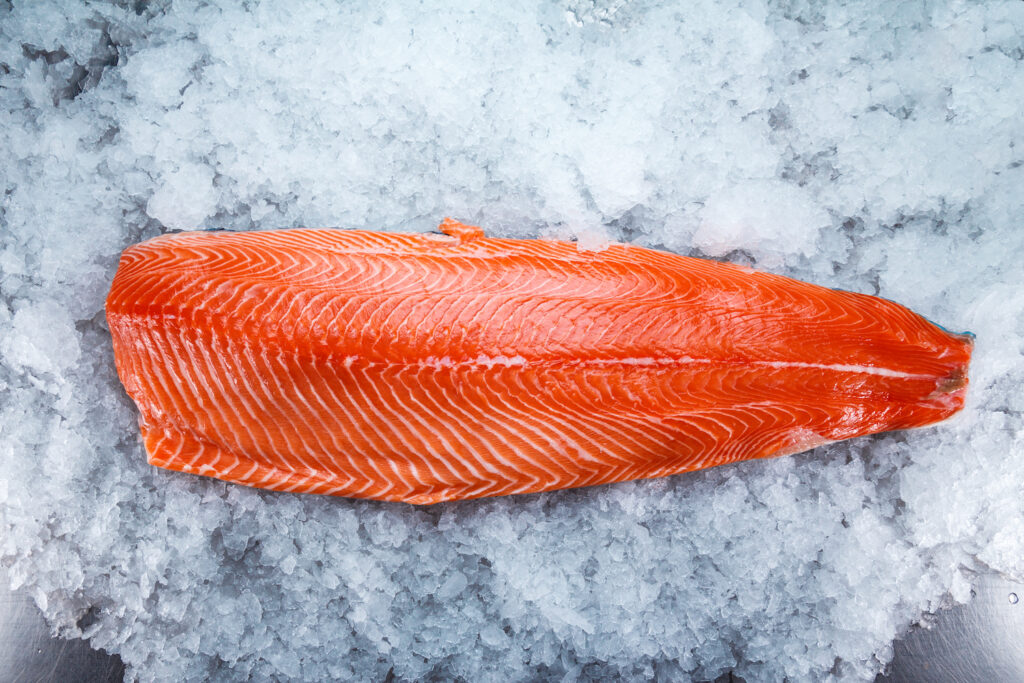
A rather unexpected addition, but fish are just as seasonal as produce so it’s helpful to know what’s tastiest. There’s also one option that may come as a surprise. Snapper
- Sole
- Cod
- Mackerel
- Shellfish
Shellfish
Most people think of slurping oysters in the summer. But there’s an old myth that you should only eat shellfish in any month that has an “r.” That’s because wild shellfish are most flavorful when the water is cold and they don’t want to reproduce. So starting in September oysters and mussels come into season and are in full swing by November! Now you have an excuse to eat oysters all year long!


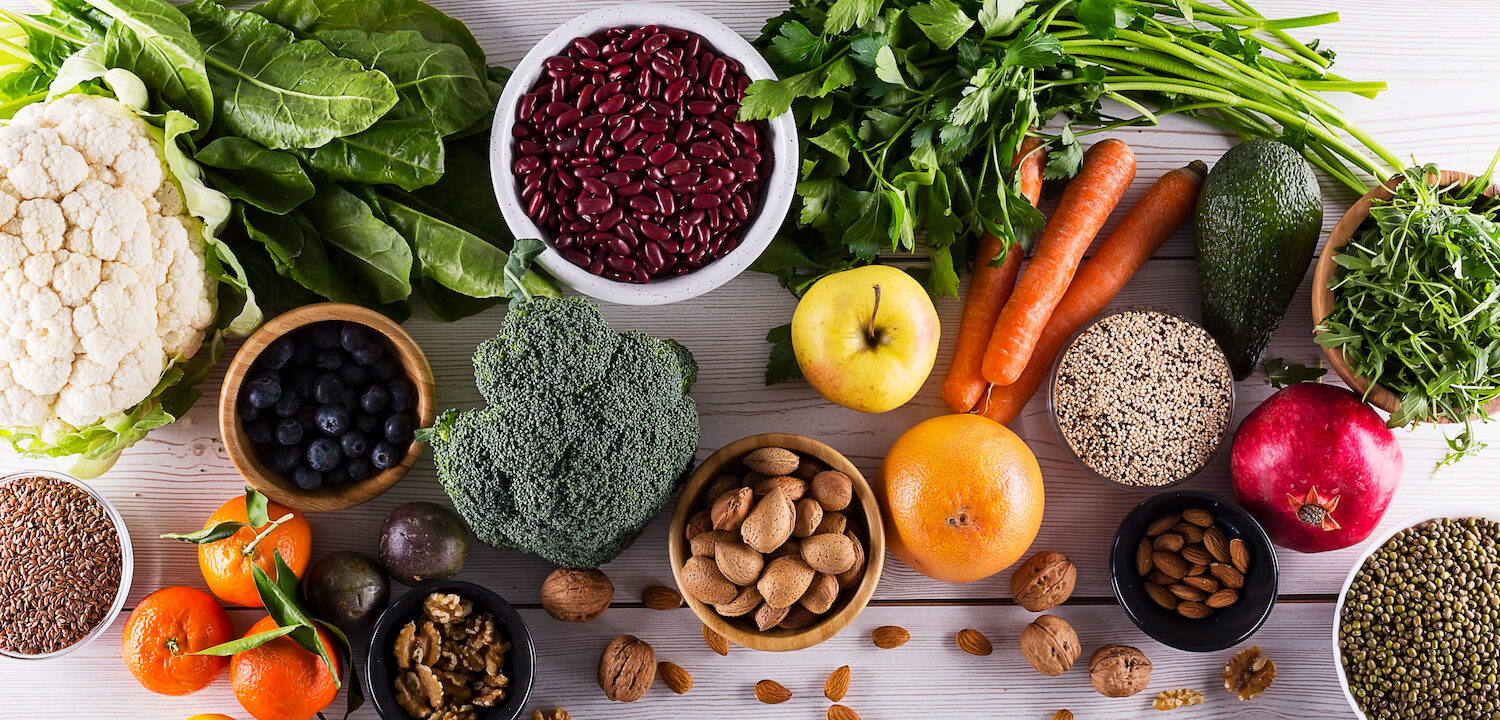
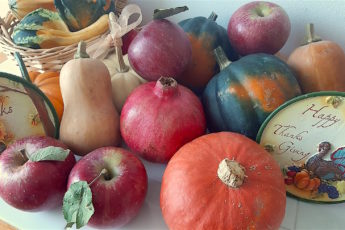
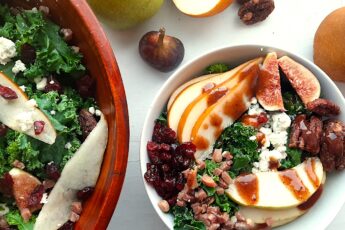








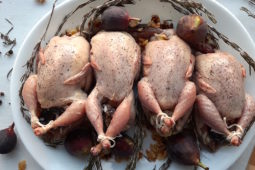
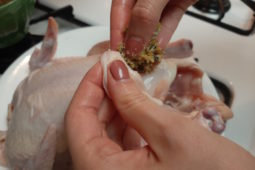

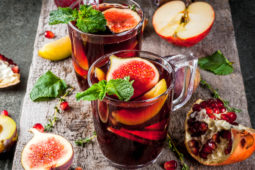

Leave a Comment